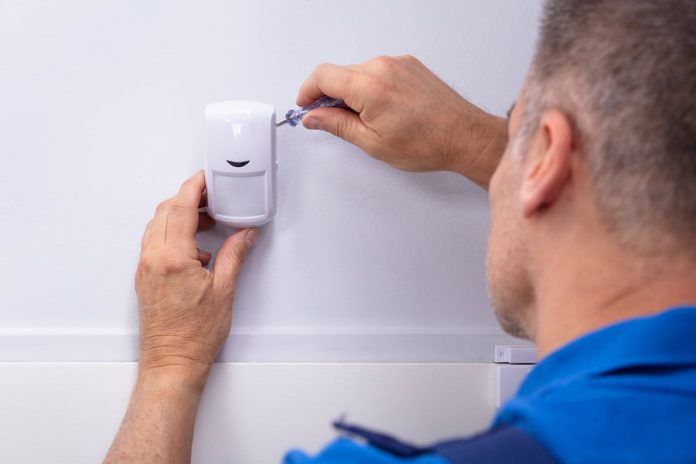PIR sensors and dual technology detectors work on the principle of double knock – or in some cases triple knock – after threholds have been crossed and before an alarm is signalled.
With double knock one sensing element within a detector picks up the presence of an intruder – but the triggering of the second sensor (and the third in more advanced designs) is required before an alarm contact is opened to report that intrusion. With dual technology, sensor designers allow that even if the PIR portion of the sensor is compromised by a big increase in heat, the presence of the microwave component still provides adequate protection.
With dual technology the quality of this sensing technique rests firmly on the nature of each of these 2 sensing technologies. PIR elements sense the level of IRE changing between zones over a set time at a set speed. There aren’t many environmental disturbances that mirror this sort of activity but heat sources – especially warm air currents – can spell trouble for PIRs.
Some other issues with PIRs include the fact the reflected IRE signals their pyro elements receive are so minute. The low signal level means that amplification and filtration processes must be well engineered in order to achieve quality signals and this necessary processing slows response times slightly, as well as limiting coverage.
It’s worth noting that double knock is not limited to PIRs and dual technology sensors, but can draw in any sensing technology that serves to affirm an event in a way that enhances situational awareness sufficiently to clarify an alarm event. Considered in this light, double knock includes video verification, the state sensors on access controlled doors and plenty more.
#securityelectronicsandnetworks.com







